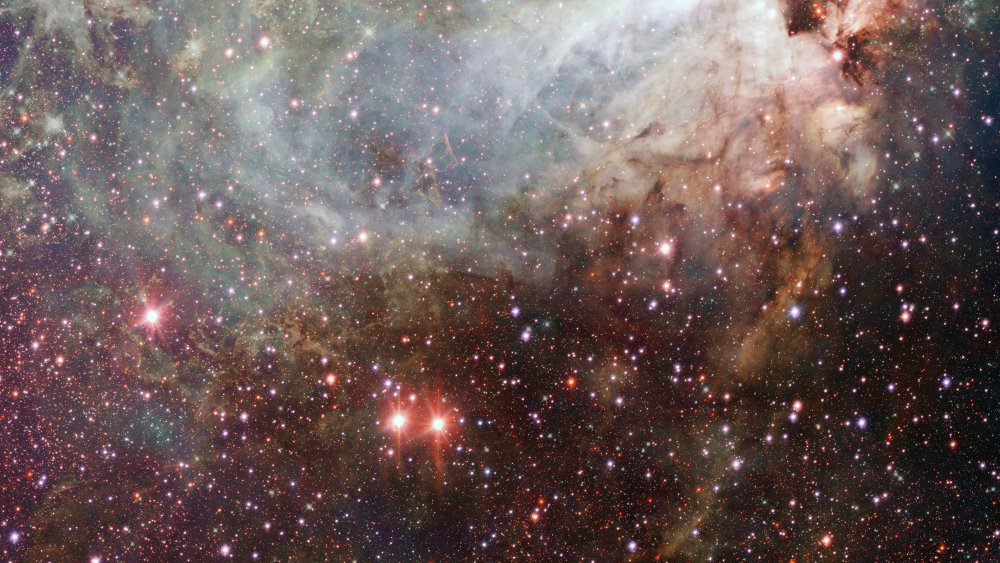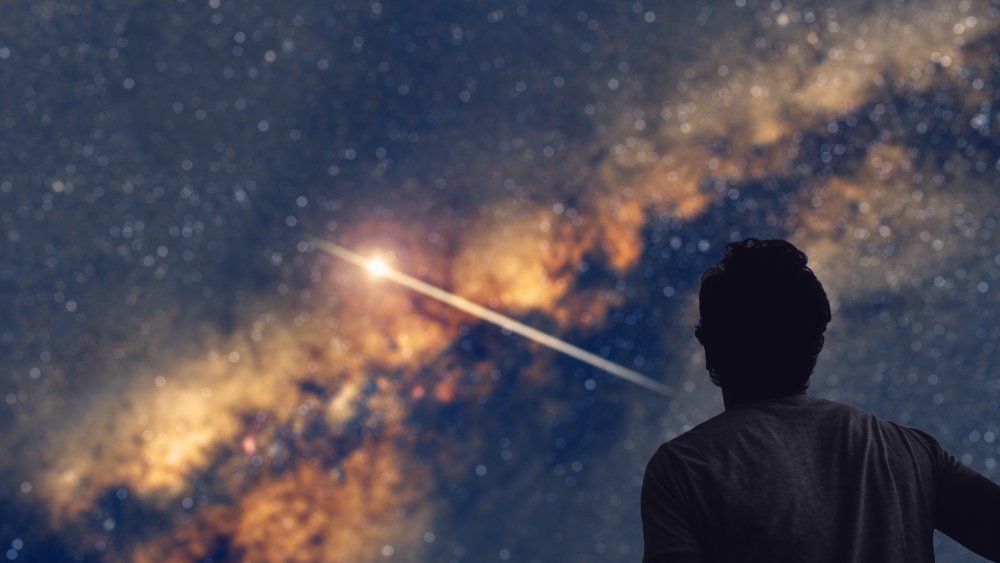Discovery Of Space Time 'Ripples' May Explain Why The Universe Exists
One of the most profound questions remaining in physics, is also one of the most basic: How come something exists instead of nothing? At the most fundamental level, where theoretical physics and philosophy meet, scientists and thinkers alike are at a loss to explain why our universe should even be. Take that, teenage angst. Astrophysics is the original emo.
A new study published in the journal Physical Review Letters may have the solution to science's most angst-ridden puzzle. Billions and billions of years ago, in the first infinitesimal moments after the Big Bang blasted all known matter into existence, the universe expanded at a speed much faster than the speed of light. This is the period known as cosmic inflation. According to our best calculations, cosmic inflation should have created matter and antimatter in equal parts. This presents a bit of a problem, since matter and antimatter are known to annihilate spectacularly on contact.
"If you just start off with an equal component of matter and antimatter, you just end up having nothing," lead study author Jeff Dror explained to Live Science. It's an obvious conundrum. A universe of equal parts matter and antimatter should have recombined and annihilated at some point after the period of cosmic inflation. Since you're reading this article, that obviously didn't happen.
To be or not to be a universe
Something must have tipped the cosmic balance in favor of matter, therefore allowing the universe as we know it to exist. Astrophysicists have been at a loss to explain this imbalance, but these latest results suggest the answer may lie in tiny, observable ripples in the fabric of space-time.
One idea that Dror's team proposed is that after the initial heat released by the Big Bang cooled, a phase change in the substance of the universe prompted decaying neutrinos to favor matter over antimatter. This effect would have been small, but significant enough to preserve some matter after the antimatter annihilated the rest. Great, but what good is a theory if we don't have a way to test it? "There are no very simple ways to probe [this theory]," Dror said, "and understand if it actually occurred in the early universe."
Gravitational waves may hold the answer
Lacking easy access to a time machine, Dror's team resorted to the next best option: theoretical models and crazy math. If Dror's hypothesis proved correct, the phase change would have created thin bands of energy called cosmic strings that still exist in the observable universe today. While creating the model, the team realized that these strings would have been a likely source of gravitational waves — and those waves might still be observable today.
Gravitational wave astronomy is still in its infancy. The continent-spanning LIGO detector just picked up its first signal back in 2017, and since then the miraculous device has observed mostly waves produced by catastrophic events like merging black holes and neutron star collisions. The gravitational waves created during the universe's primordial phase shift will be much smaller, mere ripples in the cosmos by comparison.
Despite the difficulties, there are a few planned instruments on the horizon that should be sensitive enough to test Dror's team's theory. Let's hope we detect these primordial ripples soon so that the universe can finally know itself.


